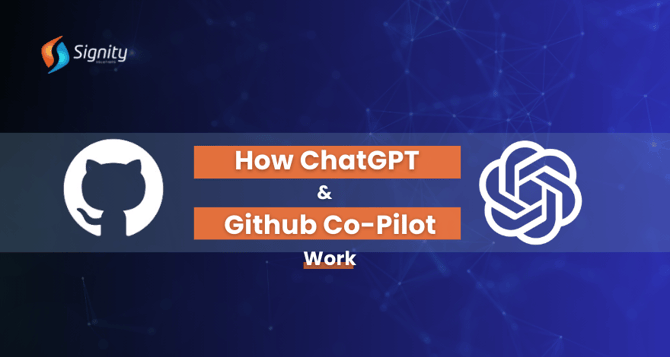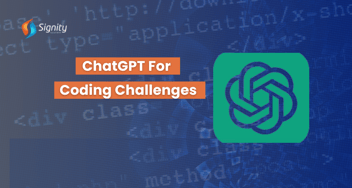How do ChatGPT and Github Co-Pilot work?
Explore the functionality of ChatGPT and Github Co-Pilot, innovative AI technologies. ChatGPT engages in natural language conversations, while Github Co-Pilot assists developers with code generation, revolutionizing communication and coding practices.

In the realm of artificial intelligence (AI), ChatGPT and GitHub Co-Pilot represent cutting-edge advancements in natural language processing (NLP) and code generation. These tools have revolutionized the way developers interact with AI, providing intelligent assistance and streamlining the software development process. Let's take a closer look at how ChatGPT and GitHub Co-Pilot work, along with their technical implementation.
Understanding ChatGPT
ChatGPT, developed by OpenAI, is a state-of-the-art language model trained on vast amounts of text data from the internet. It leverages the Transformer architecture, a deep neural network model renowned for its ability to capture long-range dependencies in sequential data. Here's a simplified overview of how ChatGPT works:
Tokenization: The input text is tokenized into smaller units, such as words or subwords, and each token is assigned a unique numerical value.
Embedding: The tokens are converted into dense vector representations called embeddings, capturing the semantic and syntactic relationships between words.
Transformer Architecture: ChatGPT consists of a stack of Transformer encoder layers. These layers process the input text and encode it into a sequence of contextualized representations.
Self-Attention Mechanism: The Transformer architecture employs self-attention mechanisms, allowing the model to weigh the importance of different words in the input sequence when generating output tokens.
Generation: During inference, ChatGPT generates text tokens by token, predicting the most likely token based on the preceding context. The generated text is coherent and contextually relevant, mimicking human language patterns.
Understanding GitHub Co-Pilot
GitHub Co-Pilot, a collaboration between GitHub and OpenAI, is an AI-powered code generation tool integrated directly into the GitHub development environment. It assists developers by providing context-aware code suggestions and autocompletion based on the code context and comments. Here's how GitHub Co-Pilot works:
Contextual Understanding: GitHub Co-Pilot analyzes the code context, including variable names, function definitions, and comments, to understand the developer's intent and the task at hand.
Code Generation: Leveraging its knowledge of programming languages and coding conventions, Co-Pilot generates code snippets and suggestions that are syntactically correct and aligned with the developer's requirements.
Interactive Assistance: Developers interact with Co-Pilot by typing code or commenting on code lines. Co-Pilot continuously updates its suggestions based on the developer's input, providing real-time assistance throughout the coding process.
Feedback Loop: Co-Pilot learns from the feedback provided by developers, improving its code suggestions over time. As more developers use Co-Pilot, it accumulates knowledge and expertise, becoming increasingly adept at generating high-quality code.
Technical Implementation
Both ChatGPT and GitHub Co-Pilot rely on large-scale neural network architectures and training methodologies to achieve their capabilities. Key technical components include:
Model Architecture: ChatGPT and GitHub Co-Pilot are based on variants of the Transformer architecture, optimized for language understanding and generation tasks.
Training Data: These models are trained on extensive datasets comprising text from various sources, including books, articles, websites, and code repositories.
Fine-Tuning: GitHub Co-Pilot undergoes additional fine-tuning on code-related tasks and datasets to specialize in code generation and understanding.
API Integration: Co-Pilot integrates seamlessly with the GitHub platform, allowing developers to access its capabilities directly within their code editing environment.
Conclusion
ChatGPT and GitHub Co-Pilot exemplify the fusion of AI and software development, offering intelligent assistance and automation to developers worldwide.
Tailored ChatGPT Solutions for Your Business
Harness the potential of ChatGPT with our development expertise. Get custom solutions.
By leveraging advanced NLP techniques and large-scale neural networks, these tools empower developers to write code more efficiently and effectively. As AI continues to evolve, we can expect further innovations in conversational agents, code-generation tools, and collaborative development environments, reshaping the landscape of software engineering


%201-1.webp)


.png?width=344&height=101&name=Mask%20group%20(5).png)

















